Using Space In Large Format
To quote the late Douglas Adams:
Space is big. You just won't believe how vastly, hugely, mind- bogglingly big it is. I mean, you may think it's a long way down the road to the chemist's, but that's just peanuts to space.
He wasn’t wrong. But the space we refer to isn’t the infinite void but space in print. In the same way no actor you’ve ever admired has ever been afraid of silence, you as a designer shouldn’t be afraid of space.
Space is good.
Space, or negative space to use the correct term, has a profound effect on us humans. It makes us look for something.
The absence of anything naturally forces our eyes towards the object in the middle of all that 'nothing'. It gives that design element/object impact. It gives it a sense of presence.
If you look at some of the biggest corporations in the world, more than a few embrace this minimalist approach to design. Apple Inc put a logo on a white space and you need to know nothing more. That’s the power of great brand and clear design thinking. But consider that lesson and explore how it can be applied to your business. If your billboard is one of several on a busy commuter route or situated in a bustling part of town, negative space, through the absence of anything acts as a mental palette cleanser and draws the eye of the audience in.
Compared to the majority, your design will be a clear message cutting through the static of a cluttered ad space. Remember, trying to get as much ink per gsm on to the board should not be a way measure of your campaign’s success. Of course there’s a case to be made for a design heavy campaign. There are plenty of campaigns that go for maximum impact and in honesty sometimes that is the right way to go.
IKEA have been known to make entire homes on their outdoor advertising. It’s amazing because it’s ambitious and ostentatious and expensive. And because it’s IKEA: the store that caters for your every need. The presumptuousness of it really works and there’s a reason why IKEA is a global brand. On the other hand Snapchat ran a billboard campaign that was a yellow background and their logo. IKEA in 2010 was worth $41 billion. In 2016 Snapchat was worth $25 billion and has been around a fraction of the time. We’re not suggesting that minimalist design is the gateway to untold success but we are saying they are trading purely on the strength of their brand alone.
There is also a certain irony to an app company promoting itself via one of the most traditional forms of advertising.
Regardless, the impact of the Snapchat billboard is undeniable. Negative space makes that simple icon a bullet between the eyes. It’s impactful and yet very simple. Perhaps this is the point. Impactful doesn’t need to shout. It doesn’t need to be smug either. An ad that makes its audience work for it is no ad at all.
The objective is to hold the attention of the audience for one second longer than they would otherwise look up. To be memorable. Because in that second our brains can process more information than a computer. That extra second is long enough for the audience to absorb the entire message including the call to action and how they can order, book, buy or enquire. That extra second is the difference between a barely registered upwards glance and a new customer.
The point is this: negative space, isn’t. It’s a valuable design tool that encourages you as a business to hone in on your message and produce something laser focused in its delivery that will outlast the crowded market place you inhabit.
To explore our services and learn more about the technology we use, click here. To discuss your print needs contact us today.



